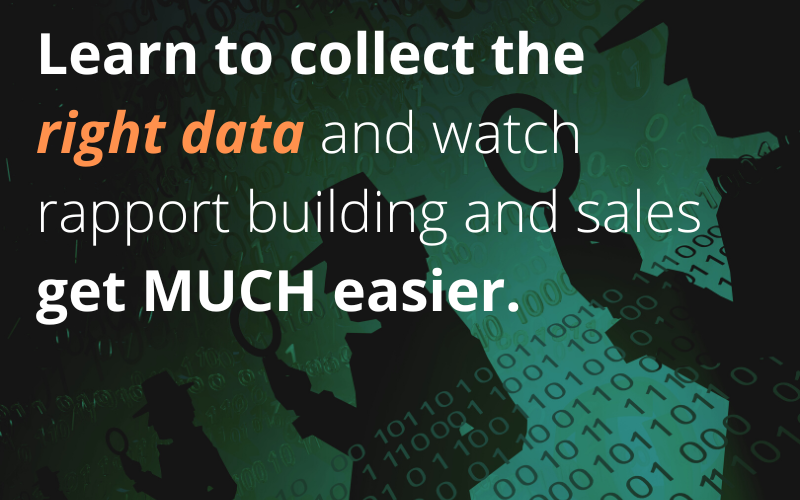Your prospect pulls up in a white SUV. As she gets out, a red, hot wheels toy mustang falls from the door.
She sighs and stares at it. “There it is,” she says with a heavy breath, recalling the previous night’s “all hands on deck” search for the car.
She scoops it up and places it in her purse, the only safe spot in her whole world, and walks towards your front door completely unaware of your observation.
Judgment starts rolling in…
“She’s a hot mess”, “probably has too many kids to handle”, “there’s no way she’s going to be consistent…”
Judgy, judgy, judgy!
Good.
Don’t get me wrong, the last thing we want to do is offend a client. However, there is value behind judgment if we learn how to use it correctly.
Let’s break down the psychology behind it.
1 – The human brain renders judgment without our permission. You see a biker covered in tattoos, a father chastising his son in public, a person asleep on a park bench, a group of girls taking selfies…even reading this will start to elicit images and thoughts – judgments.
2 – It’s our actions regarding those judgments that are under our control. These actions also define our character. If we start to “judge” with intent to understand, we can re-wire our brains for data collection.
3 – Trade the word “judgment” for the phrase “data collection and analysis,” and things will start to feel different. It’s a different mindset. Keep in mind that ID’ing our client for the sake of understanding is always best guess. The more data we have, the more accurate our guess is.
4 – It’s ok to START with generalizing. We have to, where else would we start? The more time we spend together, the more pinpoint accurate we get and subsequently start to leave generalizations behind.
- Car -> She drives.
- SUV -> She drives people around.
- White car -> She likes a clean look without having to wash it often.
- Tinted windows -> She likes her privacy.
- USC sticker on the back -> Education is important.
- Racks on the roof -> Probably enjoys leisure sports.
- She parks and then straightens out her car -> Doing things the right way is important/she’s courteous to other people.
All of this data gets us closer and closer to understanding who this person is and how they live their life.
As we collect data, we store it and only pull out the pieces we need when the opportunity arises to do so.
Would it be offensive to shout out “Oh wow, your car is messy, you must have a lot of kids, and can barely take care of them…” YES!
Would it be offensive to encourage that client to take a load off, offer a beverage, and attentively listen to her needs, without mentioning a word of what you see?
Data is a toolbox. We only use a hammer when we need a hammer.
Oh, and the “soccer mom” (we also noticed the AYSO sticker on her bumper) that doesn’t have time to wash her car…she’s tired, doesn’t slow down, busts her butt for her family, and could use some recognition for all her hard work, she needs your help.
Go collect the data you’ll need!

